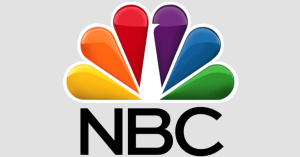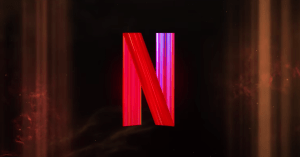President Donald Trump has signed an executive order on Thursday that is likely to test the legal limits of the White House’s authority. The order reinterprets section 230 of the Communications Decency Act of 1996, which has shielded social media platforms from lawsuits over content created by users. Speaking to reporters in the Oval Office on Thursday, Trump said that the order will “defend free speech from one of the gravest dangers it has faced in American history.”
“A small handful of social media monopolies controls a vast portion of all public and private communications in the United States,” Trump said, according to CNN. “They’ve had unchecked power to censor, restrict, edit, shape, hide, alter, virtually any form of communication between private citizens and large public audiences.” The order was first mentioned by White House Press Secretary Kaleigh McEnany on Wednesday night. Trump’s signing of the order comes after he had ramped up his criticism of Twitter after they put a fact-checking disclaimer on two of his tweets, which he did not take well.
Videos by PopCulture.com
The executive order has experts across the political spectrum debating its enforceability, as several argue that its interpretation could too easily infringe on the First Amendment right to free speech. There’s also the concern that it circumvented the other two branches of government, as well as was drafted before a typical inter-agency review that precedes decisions such as this.
Sen. Ron Wyden of Oregon, who helped draft the Communications Decency Act during the Clinton administration, weighed in on the order. “[Trump] is trying to steal for himself the power of the courts and Congress to rewrite decades of settled law. He decides what’s legal based on what’s in his interest.”
The president had previously drafted an executive order back in August that would have required both the Federal Communication Commission as well as the Federal Trade Commission to monitor and police social media activity. That order, which was never signed into law, came after repeated claims from Trump and others that platforms like Twitter and Facebook were censoring conservative viewpoints, although there was no evidence to back up their claims.
Thursday’s signing comes after Trump used social media on Tuesday to claim, once again, that “mailboxes will be robbed, ballots will be forged [and] even illegally printed out [and] fraudulently signed,” if mail-in voting was permitted in the 2020 election in November. “We saw what they attempted to do, and failed, in 2016,” he continued. “We can’t let a more sophisticated version of that happen again.”








